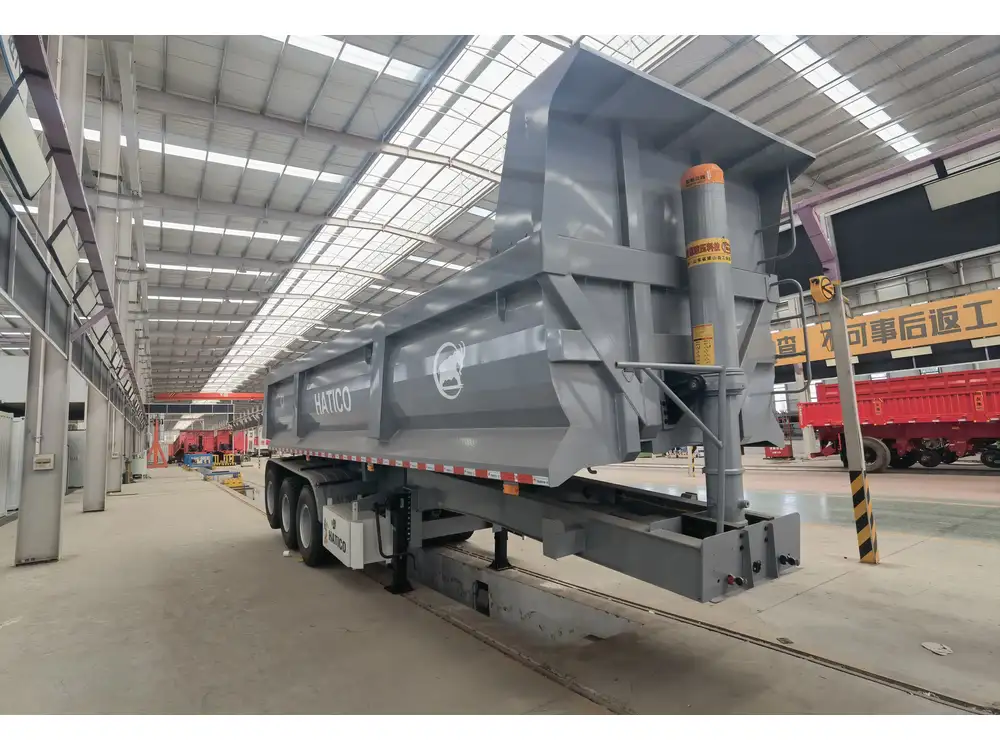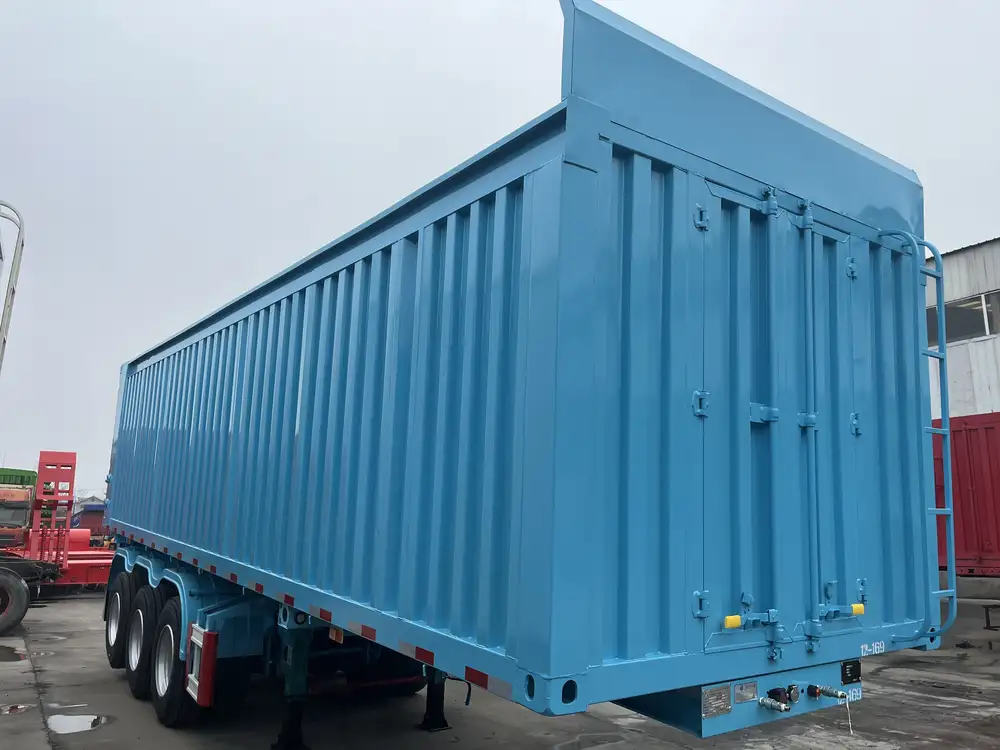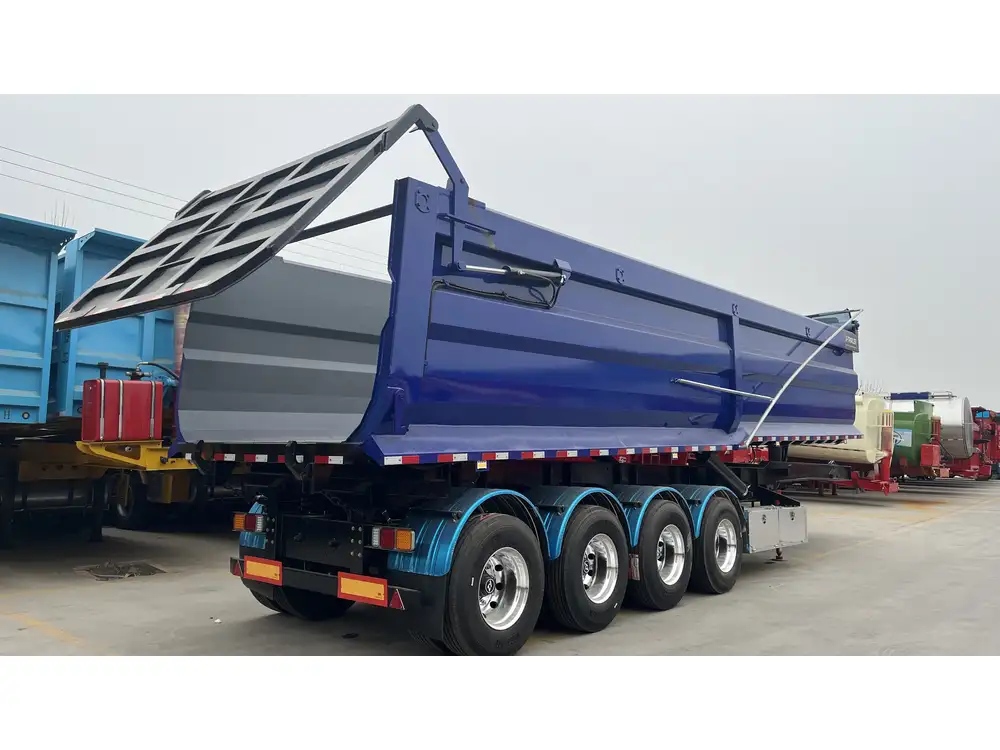Maintaining a travel trailer involves several key components, one of which is properly managing the black tank system. As RV lovers and frequent travelers, understanding how to effectively use a black tank flush can significantly enhance your travel experience. The following guide delves deep into the intricacies of utilizing a black tank flush, ensuring that your travel trailer remains in peak condition.
Table of Contents
- Understanding the Black Tank System
- Importance of Black Tank Maintenance
- Step-by-Step Guide to Using a Black Tank Flush
- Common Mistakes to Avoid
- Troubleshooting Black Tank Problems
- Best Practices for Black Tank Maintenance
- Conclusion
Understanding the Black Tank System
The black tank is a critical component of the waste management system in any travel trailer. This tank is designed to hold wastewater from the toilet, which is more complex compared to the gray water system that collects water from sinks and showers. Understanding how these systems work together is vital for proper maintenance and to avoid unpleasant surprises on your travels.
- Components of the Black Tank System:
- The Toilet: The entry point for waste.
- Black Tank: The reservoir where waste is stored.
- Vents: Crucial for preventing pressure build-up.
- Flush Connection: Often a built-in feature that allows for additional cleaning of the tank.

Importance of Black Tank Maintenance
Maintaining your black tank is not merely a hygiene issue; it has far-reaching implications for your entire travel experience. Regular cleaning prevents clogs and unpleasant odors, prolonging the life of your tanks and plumbing. Here are some key reasons why proper maintenance is important:
- Prevention of Blockages: Frequent use of a black tank flush ensures that deposits do not build up, reducing the risk of clogs.
- Protects Tank Lifespan: Keeping the black tank clean can significantly extend its longevity.
- Health Concerns: A well-maintained tank mitigates health hazards associated with exposure to waste products.
Step-by-Step Guide to Using a Black Tank Flush
Using a black tank flush correctly is imperative to maintaining a clean waste management system. Below is a structured guide to ensure you do it right:
1. Gather Your Materials
Before starting the process, ensure you have the following items:
- Garden hose (dedicated for RV use)
- Black tank flush valve
- Protective gear (gloves and goggles)
- Waste treatment chemicals (if necessary)

2. Locate the Flush Connection
Most travel trailers come equipped with a black tank flush connection, typically located on the side of the vehicle. This will either be a simple valve or a threaded connection for the hose.
3. Empty the Black Tank
Before using the flush system, the black tank needs to be fully emptied at a designated dump station. This can be done by connecting your sewer hose to the discharge valve.
4. Connect the Hose
Once the tank is empty, securely connect the garden hose to the black tank flush connection. Take care to only use a hose that is designated for this purpose to prevent contamination.

5. Activate the Flush System
Turn on the water supply and allow the black tank flush to run. Watch for backflow or overflows, and keep an eye on the tank level indicator (if your trailer has one).
6. Monitor the Flush Cycle
Allow the flush system to run for approximately 10 to 15 minutes. During this time, the water will create a strong flow that helps dislodge any residue on the tank’s walls.
7. Turn Off the Water Supply
Once the flushing is complete, turn off the water supply and disconnect the hose.

8. Add Treatment Chemicals (Optional)
After flushing, consider adding waste treatment chemicals to help break down solids and prevent odors. Follow the manufacturer’s instructions for the appropriate amount.
9. Seal and Store Equipment
Make sure all components are clean and properly stored for future use.
Common Mistakes to Avoid
When mastering the use of a black tank flush, awareness of common pitfalls can prevent costly mistakes. Here are common errors to avoid:
- Neglecting to Empty First: Flushing a full or even partially filled black tank can lead to backflow or overflow.
- Using Non-RV Hoses: Regular garden hoses can lead to contamination; always use hoses designed for RV sanitation.
- Ignoring the Flush Connection: Failure to secure the hose properly can result in leaks, potentially contaminating your area.

Troubleshooting Black Tank Problems
Black tank issues can be frustrating and oftentimes smelly. Here’s how to troubleshoot common problems:
1. Foul Odors
- Solution: Ensure your black tank is routinely flushed and that waste treatment chemicals are used.
2. Slow Drainage
- Solution: Consider using enzymatic additives or performing a manual cleaning with a tank wand.

3. Backflow Issues
- Solution: Check that the hose is properly connected and that no air leak is present.
Best Practices for Black Tank Maintenance
Adopting best practices can save time, effort, and unpleasant odors:
- Regular Maintenance: Develop a flushing schedule based on usage frequency, ideally after every camping trip.
- Monitor Tank Level: Use sensors to stay informed of your black tank’s levels, aiding in timely maintenance.
- Use the Right Chemicals: Select biodegradable chemicals that promote waste breakdown without harming tank materials.
Conclusion
Utilizing a black tank flush on your travel trailer is a fundamental aspect of RV maintenance that cannot be overlooked. By understanding the black tank system, adhering to proper protocols, and avoiding common mistakes, we can ensure a more enjoyable, hygienic travel experience. Whether you’re a seasoned traveler or new to the RV lifestyle, mastering this process will lead to less hassle and more adventures on the open road. So gear up, pack your travel trailer, and hit the road with the confidence of knowing you have your black tank under control.



